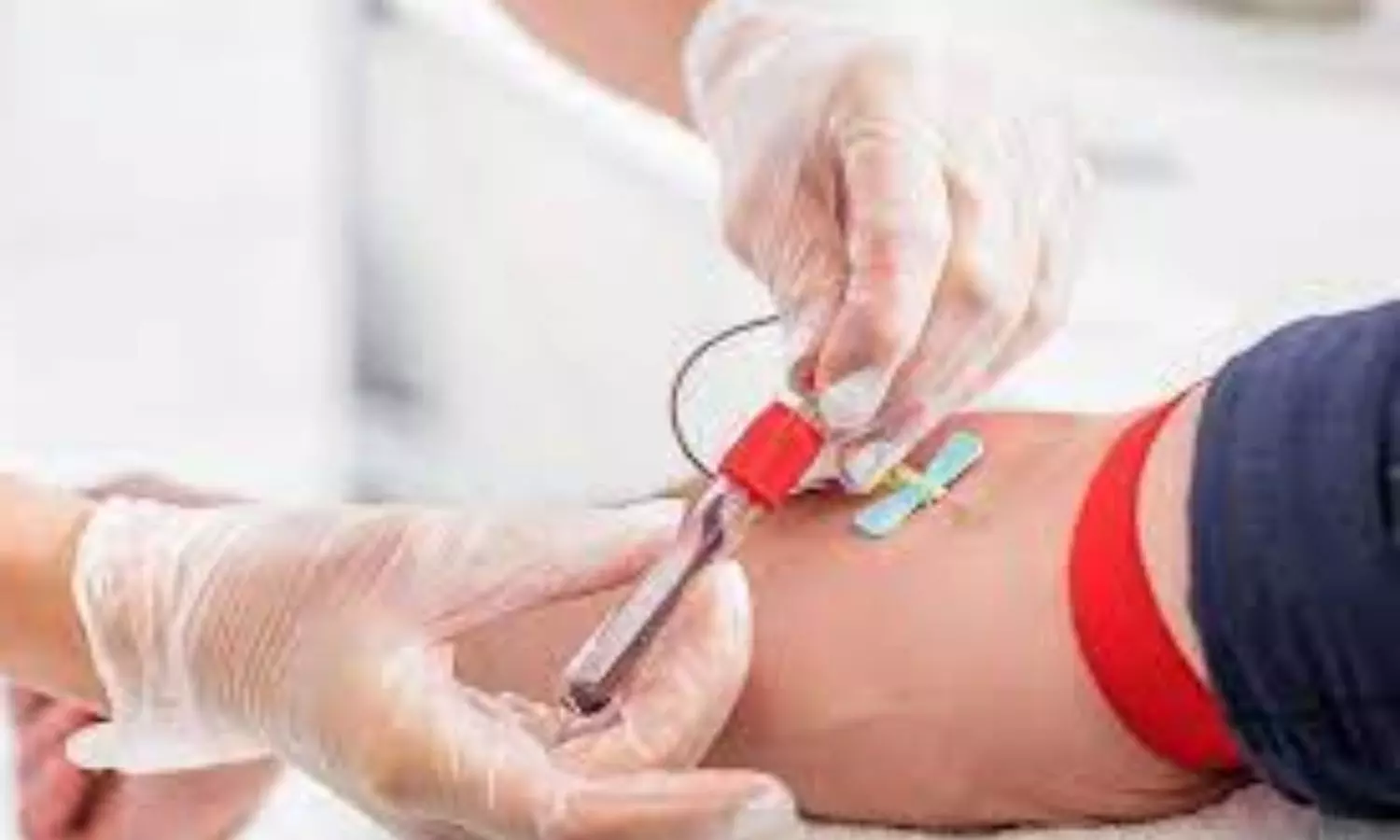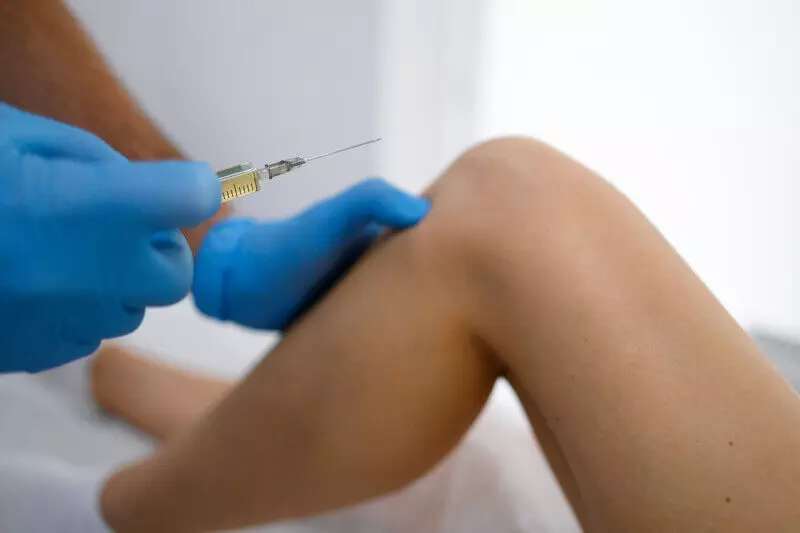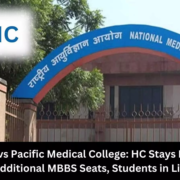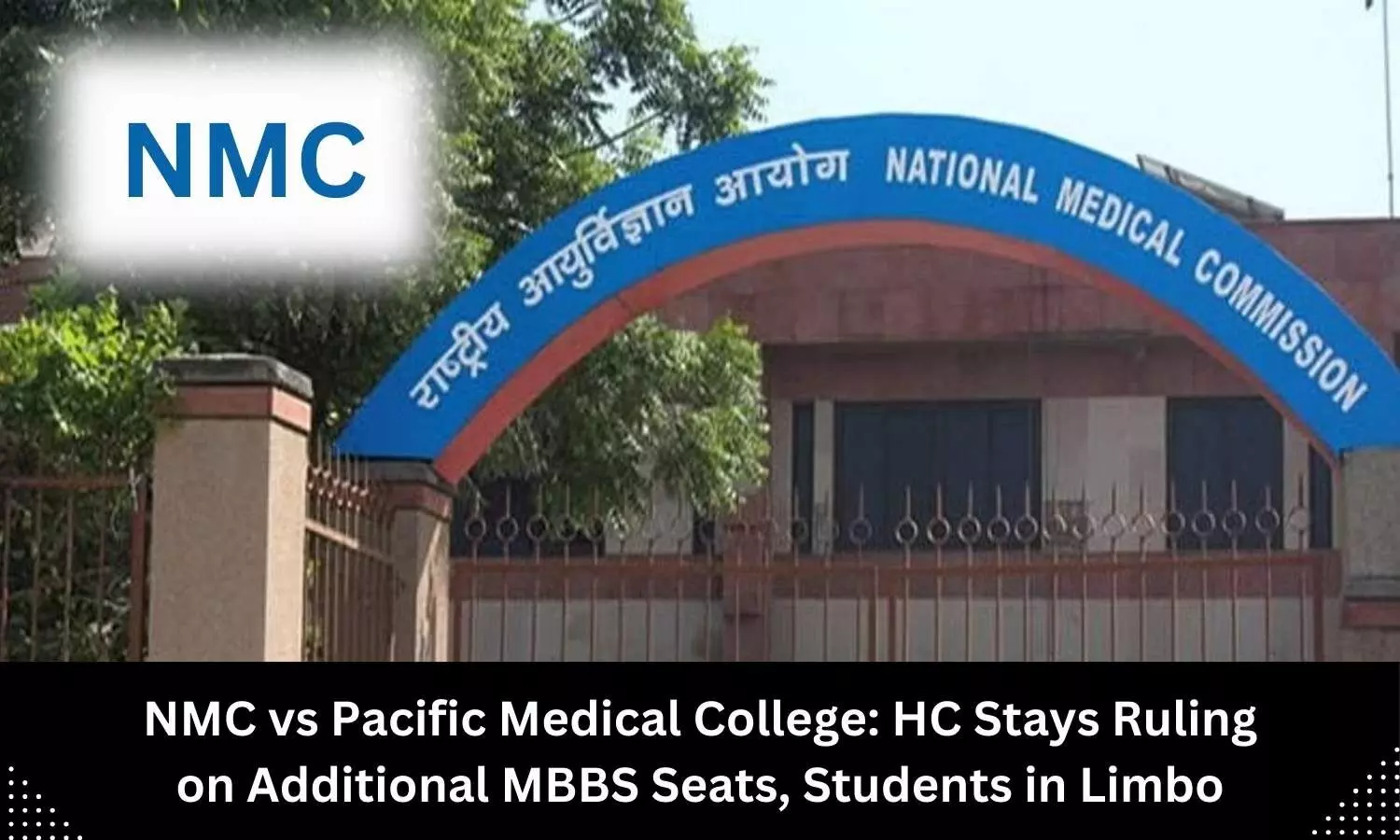Fasting-mimicking diet found effective against chronic kidney disease, suggests study

A new study published in the journal of Science Translation Medicine showed that a fasting-mimicking diet (FMD) improved kidney function in a mouse model by lowering proteinuria and improved endothelial function and encouraged renal protection in chronic kidney disease (CKD). The cycles of a fasting-mimicking diet encourage regeneration and lessen damage in the pancreas, blood, stomach, and neurological system of the mice. While many organs benefit from fasting-mimicking diets, it is unclear how FMDs directly impact podocyte function and chronic kidney disease. Further, rats have not been used to test for an FMD. Thus, Villani and colleagues examined the effects of a low-salt FMD on chronic renal disease in a rat.
This study induced and fed CKD animal models a low-salt FMD that is comparable to what stage-III CKD patients in humans should consume each day. For 5 days a month for 3 months, the 13 clinical study participants consumed a plant-based meal that included unique vegetable-based soup, energy bar, energy drink, chip snack, tea, and important fatty acid and mineral-rich supplement formulations. Body composition, oxidative stress and inflammation markers, serum level of insulin-like growth factor 1 (IGF-1), cardiovascular and endothelial risk factors, renal function markers, regenerative markers (circulating stem cells), and psychocognitive evaluation were among the physiological markers that this research assessed before, during, and, for some parameters, a year after the end of the intervention. The metabolic parameters of the animals were assessed.
The deterioration of kidney structures and function in rodents was slowed by 6 cycles of the proprietary low-salt FMD. This resulted in a significant decrease in glomerular and tubular injury, as well as a significant decrease in the albumin-to-creatine ratio and blood urea nitrogen at 4 and 6 weeks following the diet cycles. The FMD improved proteinuria, decreased inflammation, and alleviated renal impairment in the clinical study.
When combined, these early findings provide credence to the viability of FMD and the necessity of conducting extensive randomized studies to determine whether the disease-reversing and regenerative benefits of the diet would also apply to people. Overall, the findings of this pilot clinical trial demonstrated that the FMD is well tolerated and preserves lean muscle mass in individuals with stage-III CKD.
Reference:
Villani, V., Frank, C. N., Cravedi, P., Hou, X., Bin, S., Kamitakahara, A., Barbati, C., Buono, R., Da Sacco, S., Lemley, K. V., De Filippo, R. E., Lai, S., Laviano, A., Longo, V. D., & Perin, L. (2024). A kidney-specific fasting-mimicking diet induces podocyte reprogramming and restores renal function in glomerulopathy. In Science Translational Medicine (Vol. 16, Issue 771). American Association for the Advancement of Science (AAAS). https://doi.org/10.1126/scitranslmed.adl5514
Powered by WPeMatico











